



















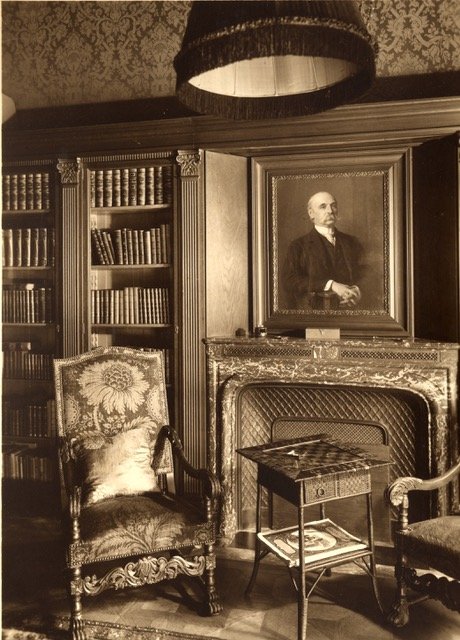




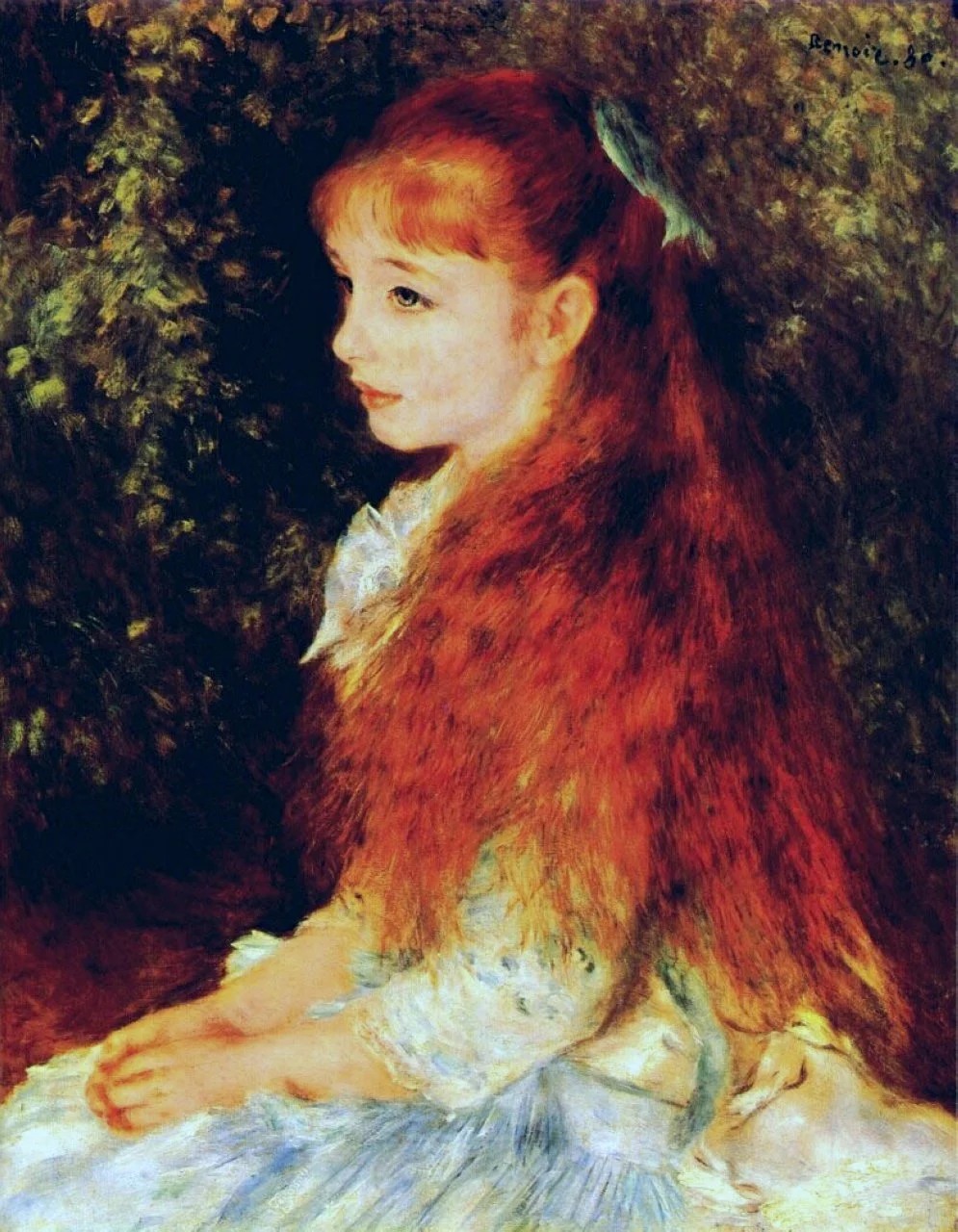















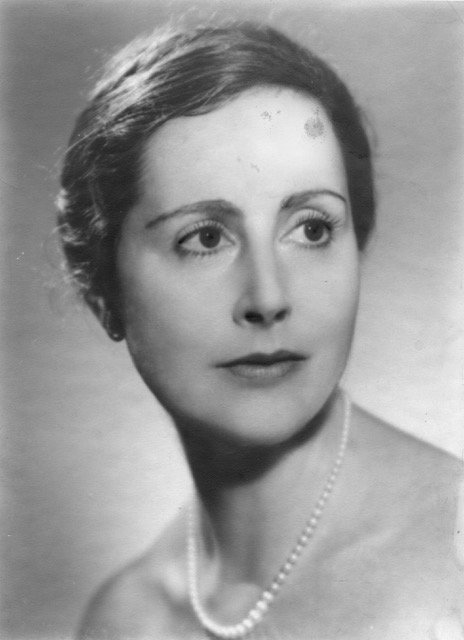



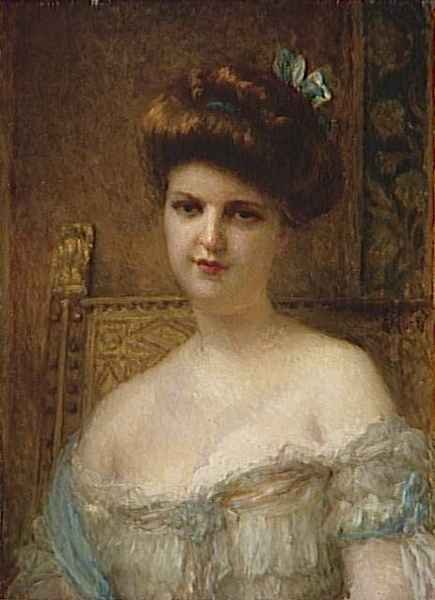


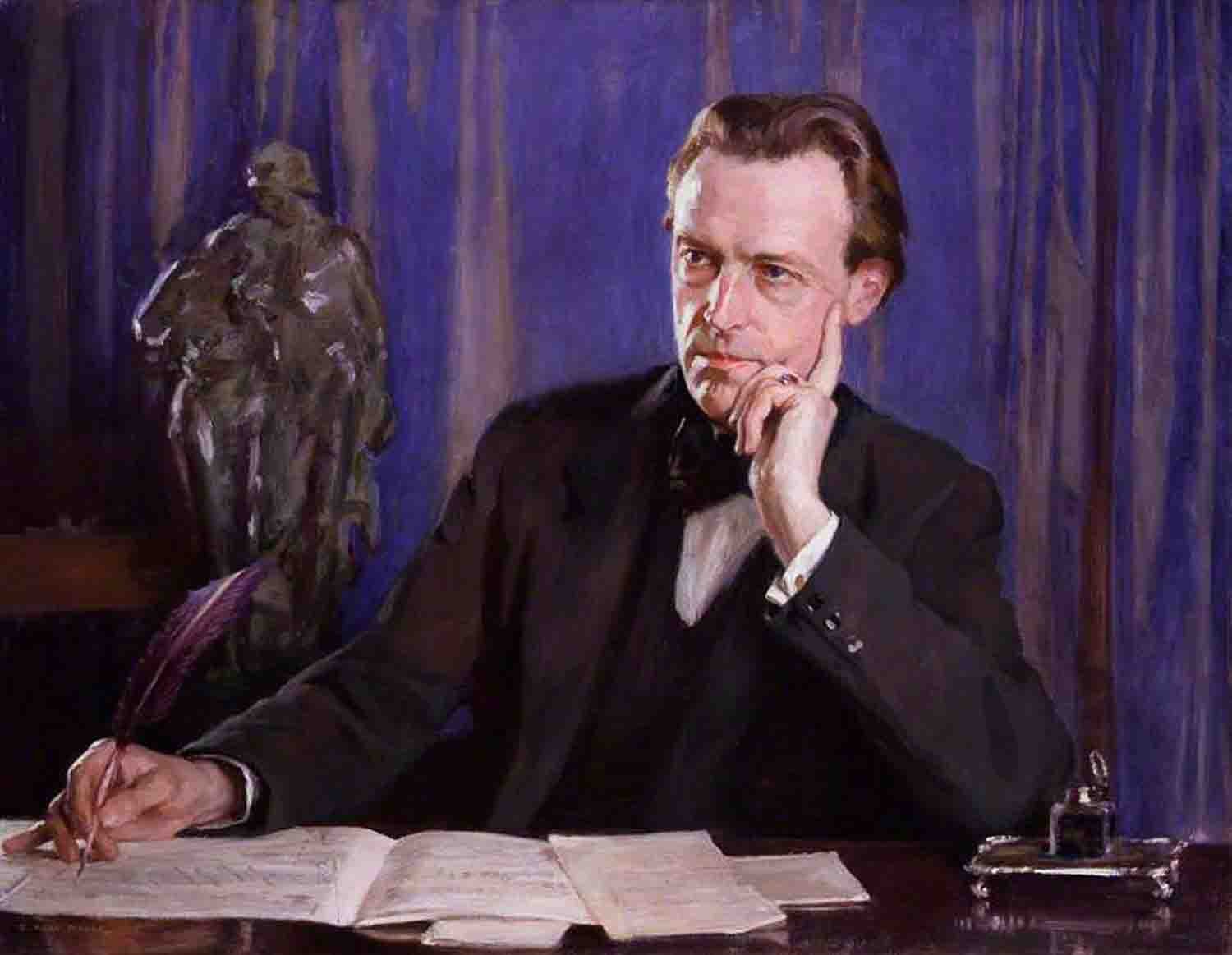






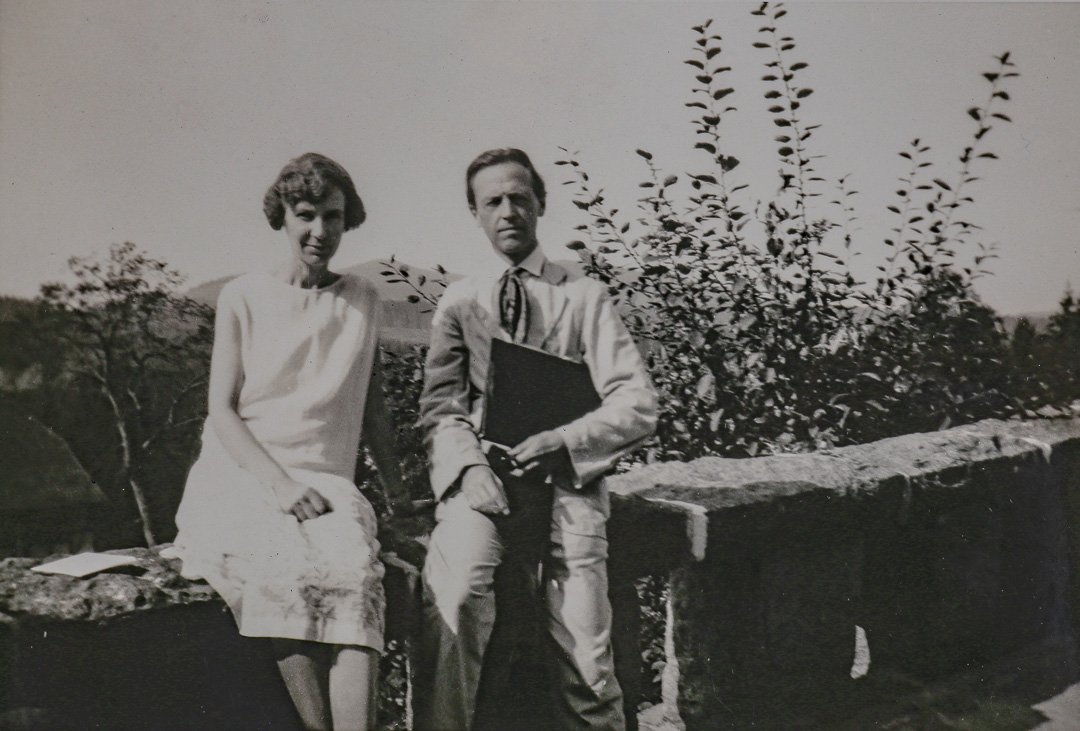





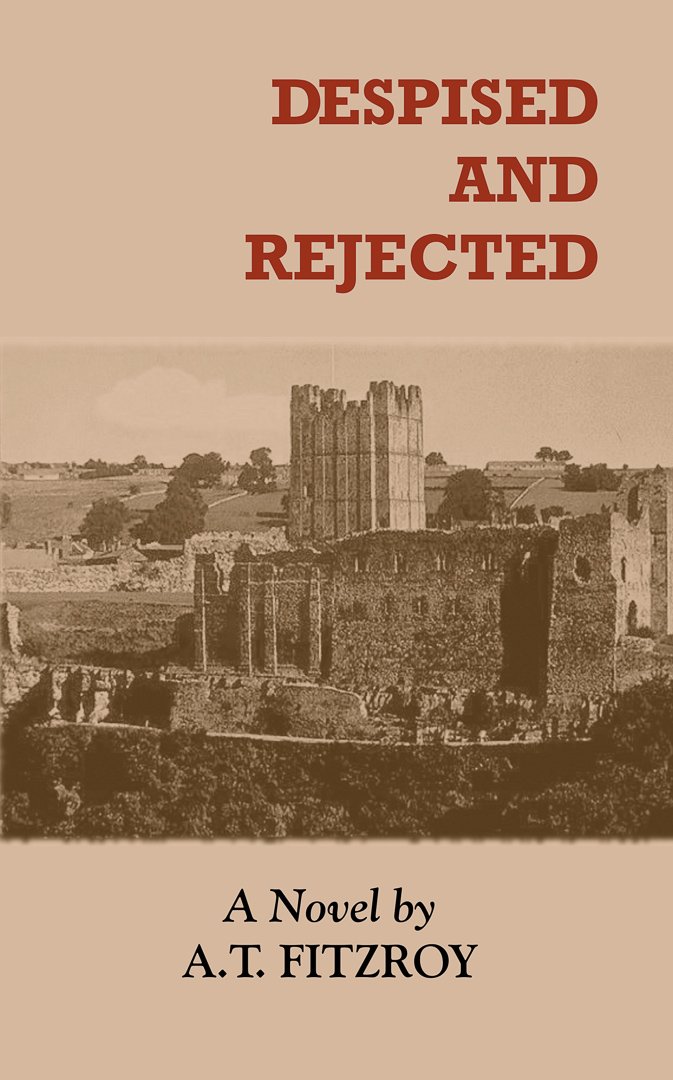
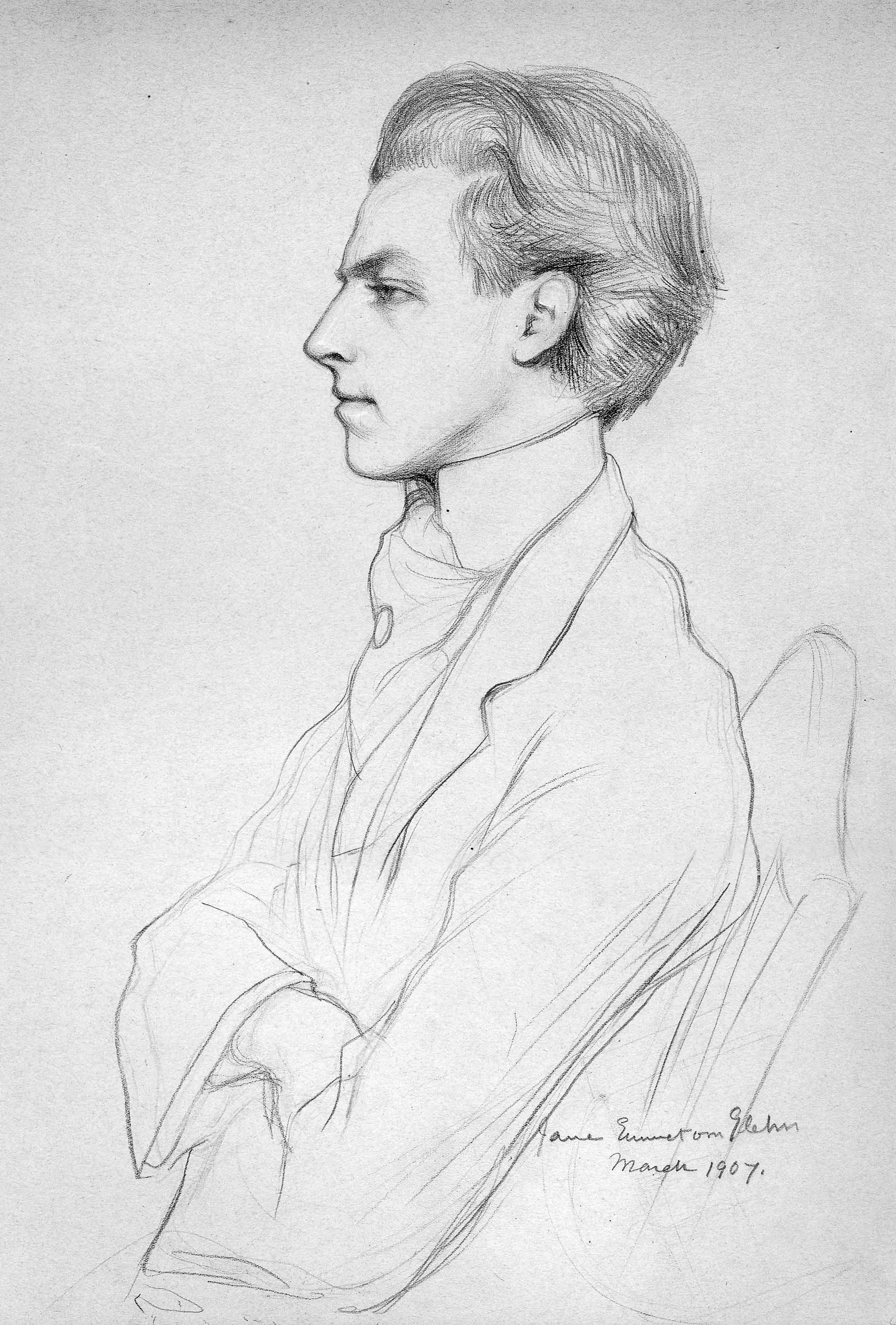


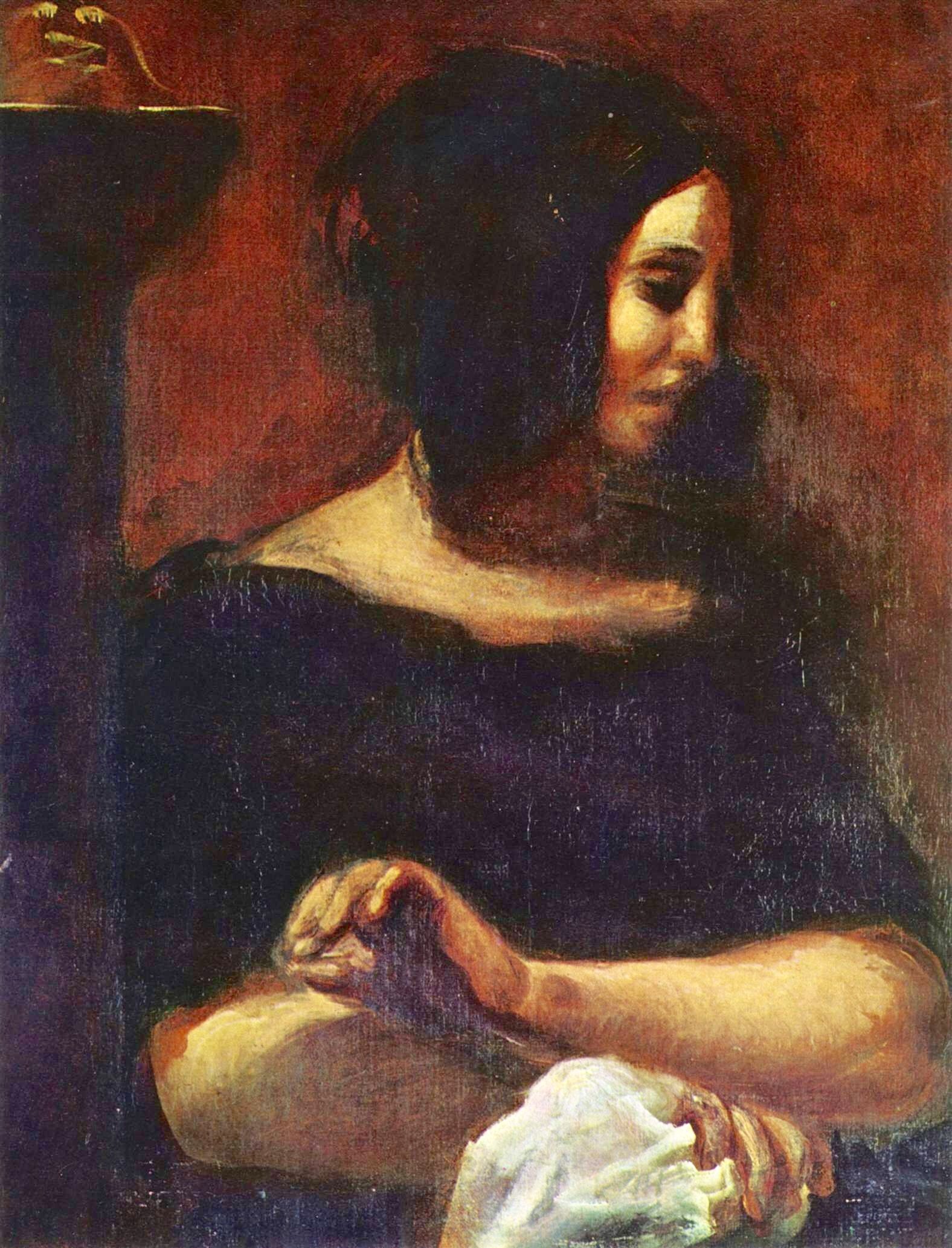







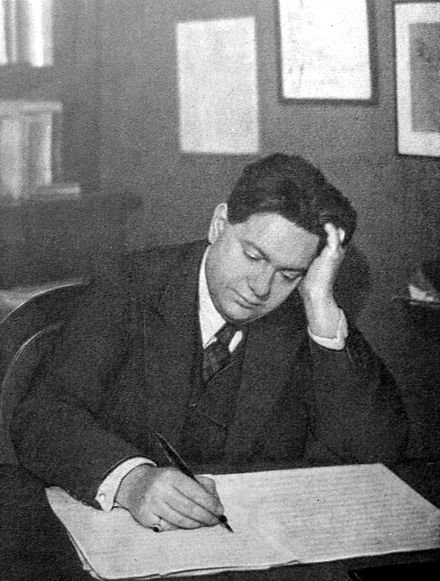


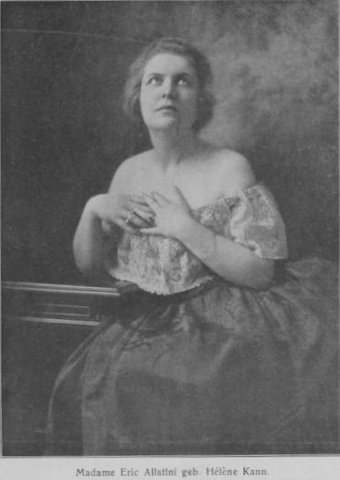


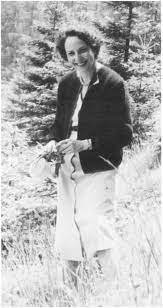
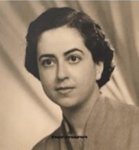










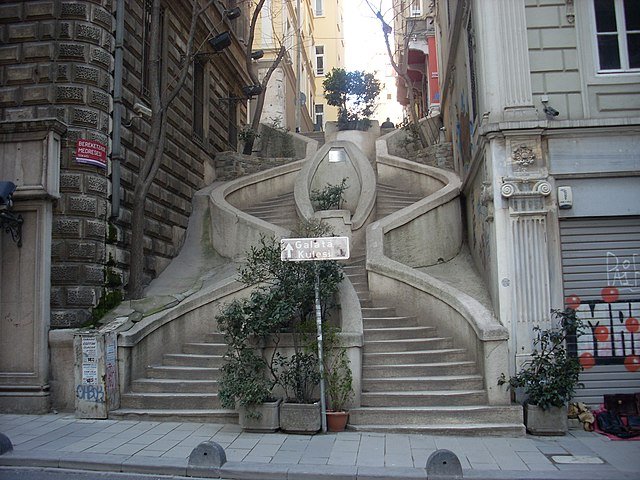




























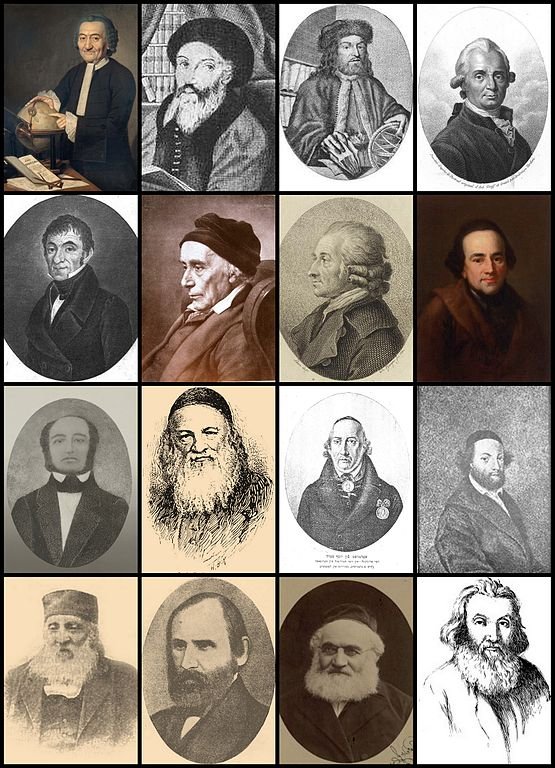




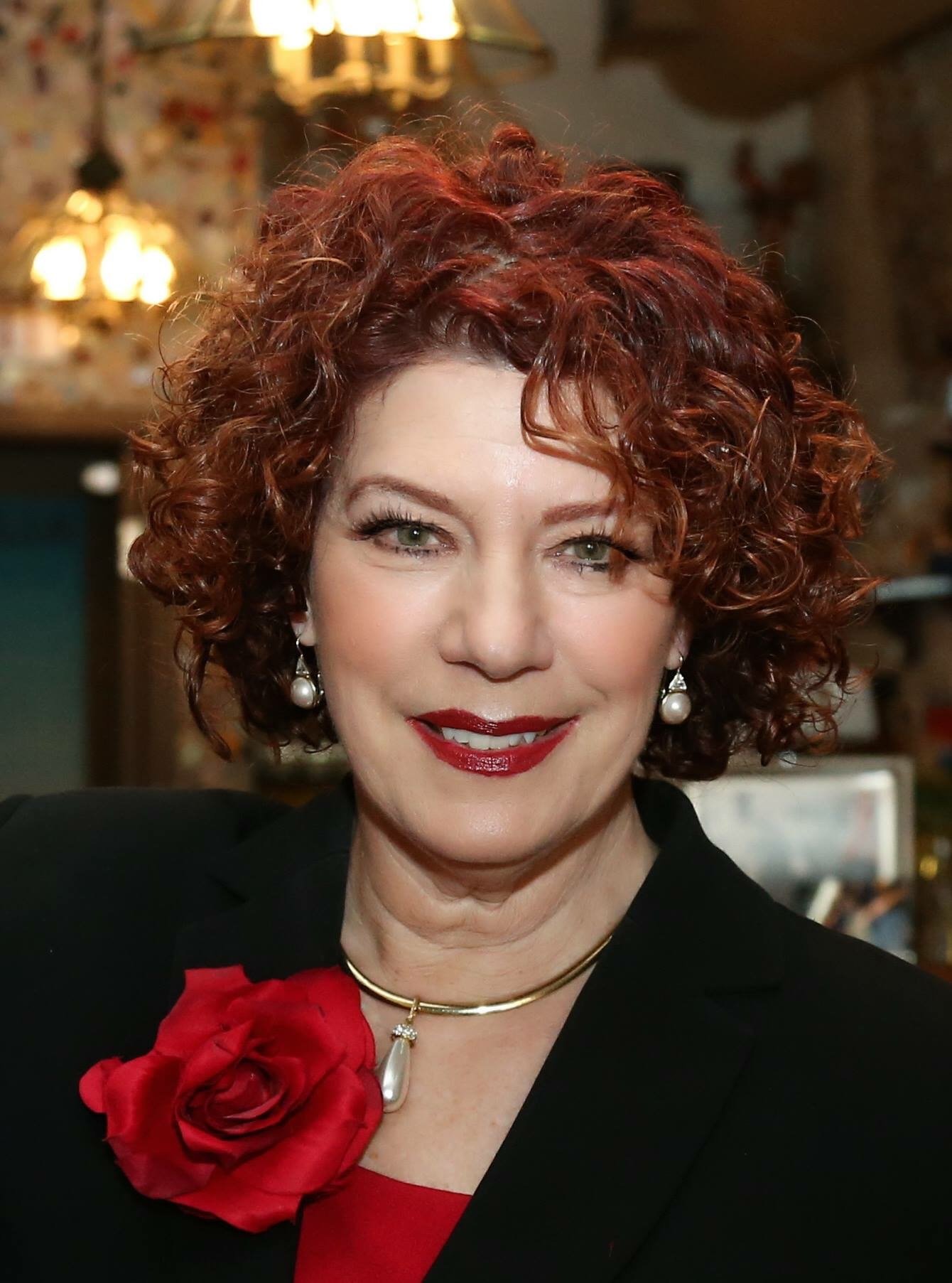







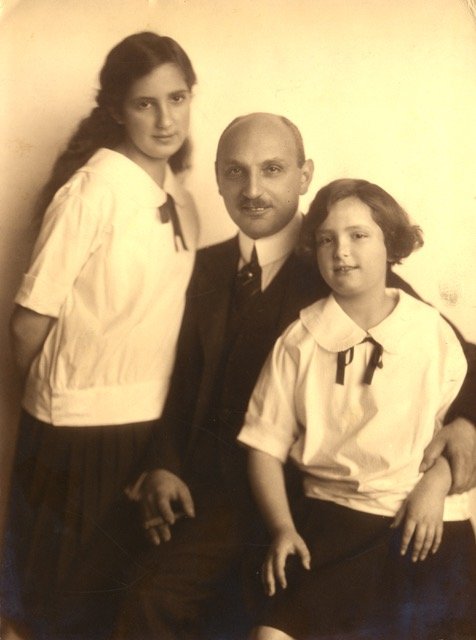




















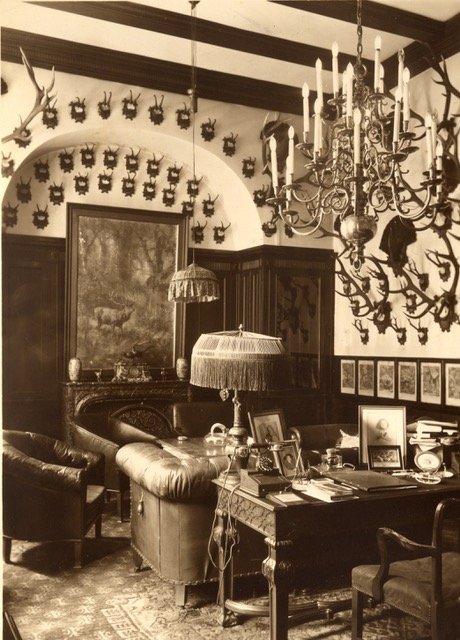
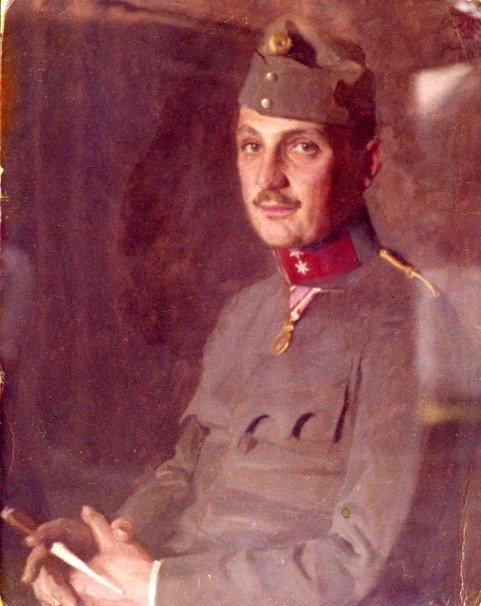
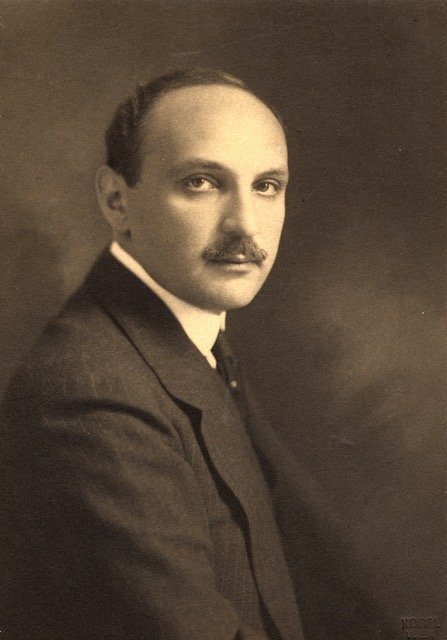
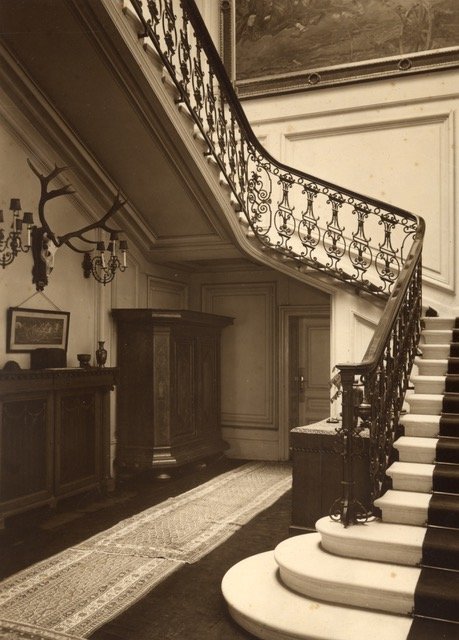

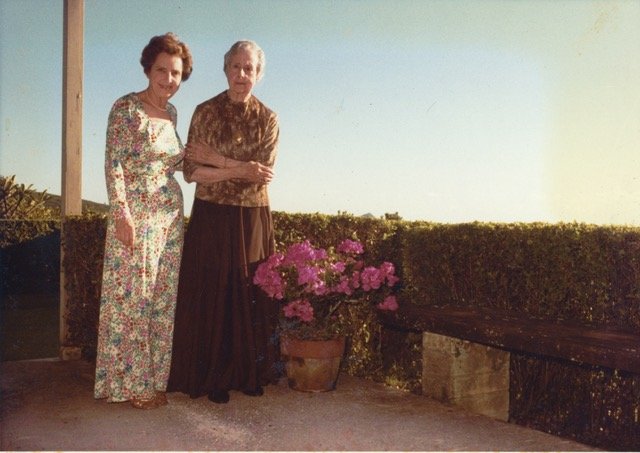

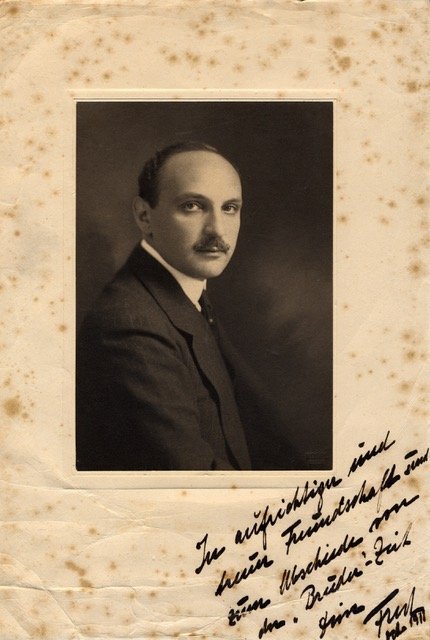

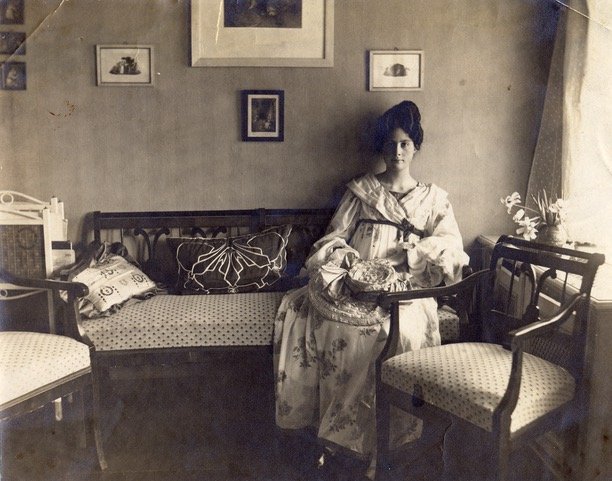
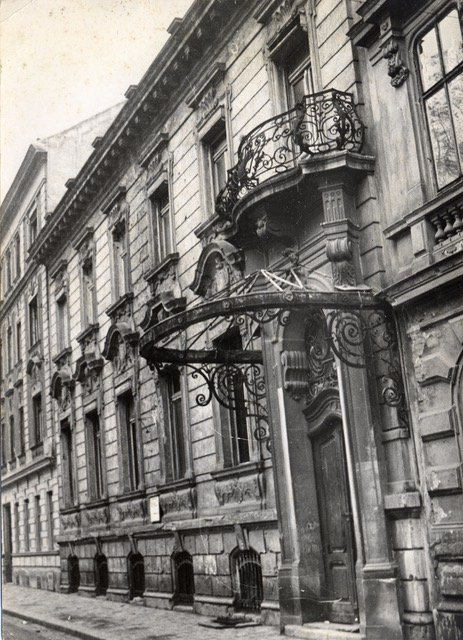
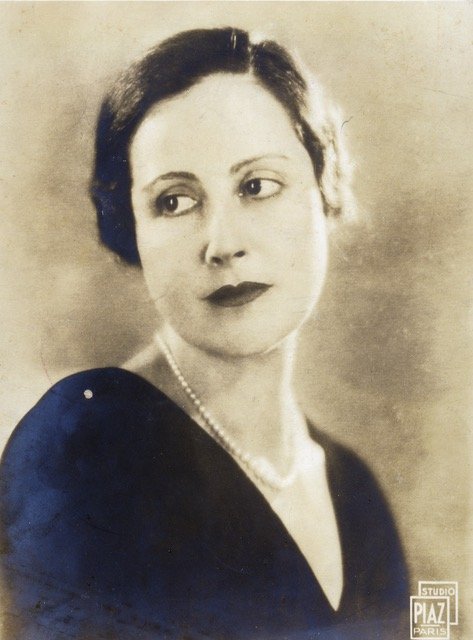
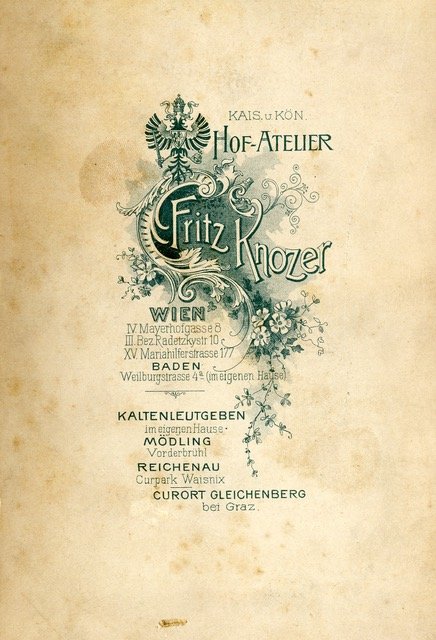

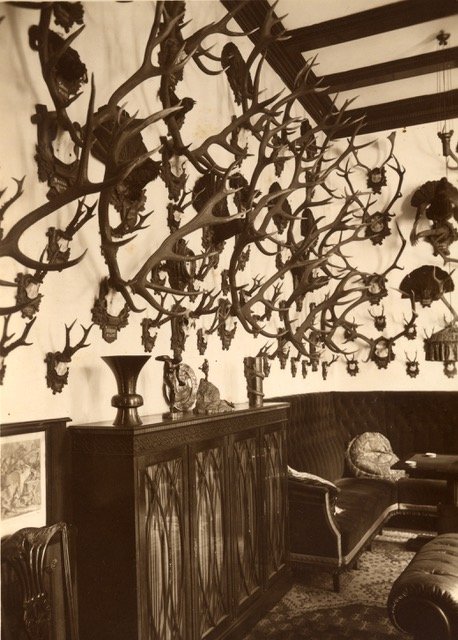

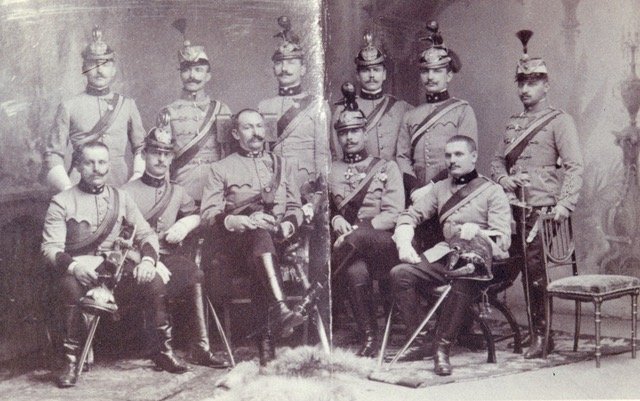

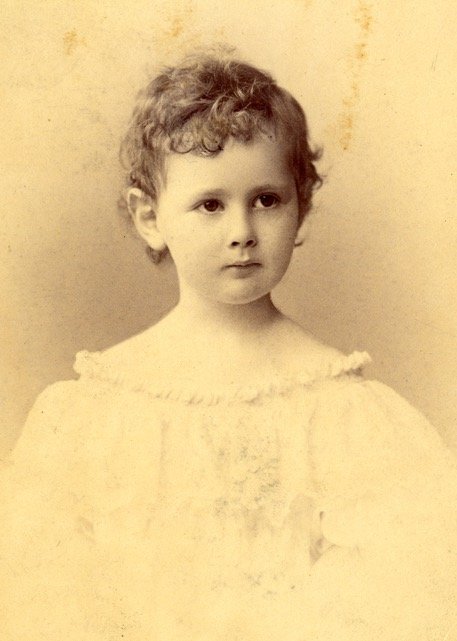
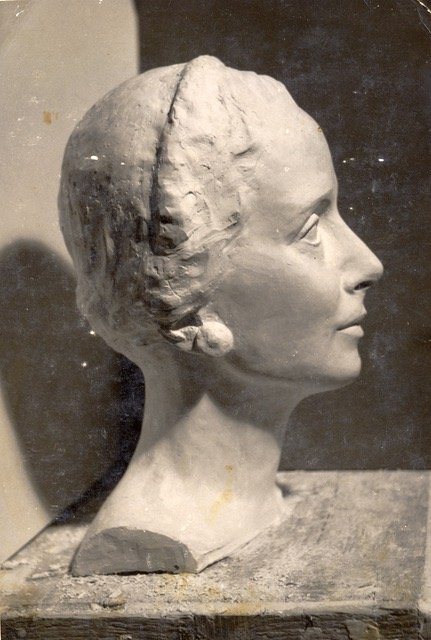
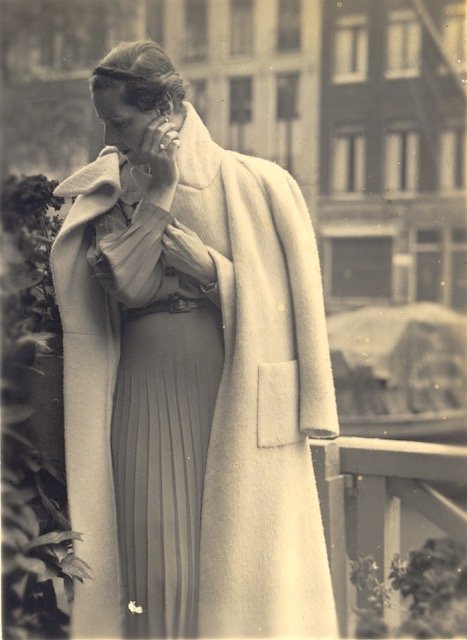
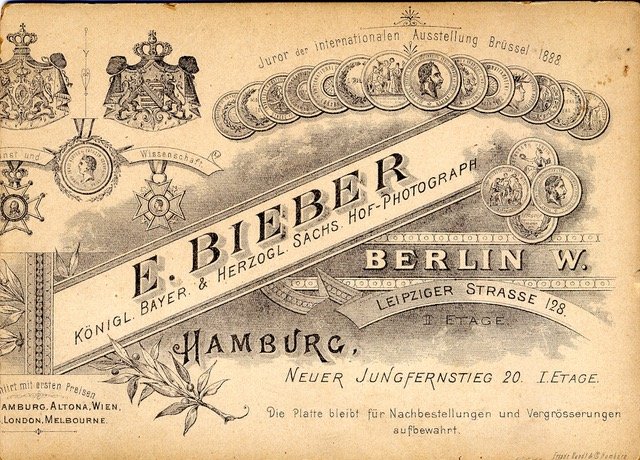


signed copy of the Edict of Expulsion.
King Ferdinand and Queen Isabella issued the Alhambra Decree in 1492, ordering Spain’s entire Jewish population to either convert to Christianity or leave the country.
“After the decree was passed, Spain's entire Jewish population was given only four months to either convert to Christianity or leave the country. The edict promised the Jews royal protection and security for the effective three-month window before the deadline. They were permitted to take their belongings with them, excluding "gold or silver or minted money or other things prohibited by the laws of our kingdoms." In practice, however, the Jews had to sell anything they could not carry: their land, their houses, and their libraries, and converting their wealth to a more portable form proved difficult. The market in Spain was saturated with these goods, which meant the prices were artificially lowered for the months before the deadline. As a result, much of the wealth of the Jewish community remained in Spain. The punishment for any Jew who did not convert or leave by the deadline was summary execution.” wikipedia

Emilio Sala Francés, 1889
The Grand Inquisitor friar Tomás de Torquemada in 1492 offers to the Catholic Monarchs the Edict of expulsion of the Jews from Spain for their signature.

Girolamo Siciolante de Sermoneta, 1550
painting in Rijksmuseum
https://en.wikipedia.org/wiki/Pope_Julius_III
Pope Julius III was attended by Vitale Allatini, an ancestor of Moise Allatini.

El Greco, 1570-72, Historical Museum of Crete
Azriel Perahiah Bonajuto Alatino, Moïse Amram’s son, an early ancestor of Moise Allatini, was a scholar and physician who became a rabbi around 1600.
He is famous for engaging in a debate on the Mosaic law with the Jesuit Alfonso Ceracciolo in Ferrara in 1617.

Jom Tov Lipmann ben Natan ha-Levi Heller (1579 – 1654) also known by the name of his opus magnus, the “Tosafot Yom Tov“, was a Jewish scholar, philosopher, Mishna commentator and dayan. He was also the chief rabbi of Moravia, Vienna, Prague and five other communities in the Polish-Lithuanian Commonwealth.
Heller was one of the major Talmudic scholars in Prague and Poland during the “Golden Age” before 1648. He was one of the most influential rabbinical figures of the 17th Century Ashkenazi world, and is still cited today.
read more: https://kosherrivercruise.com/the-colorful-life-of-yom-tov-lippmann-heller/

1745 - 1813, Talmudist and Halachist in Galicia, whose daughter, Franziska Freide, married Solomon Juda Loeb Rapoport

Portrait of Solomon Judah Loeb Rapoport (1790-1867) Antonín Machek c1841, Jewish Museum in Prague
Solomon Judah Loeb Rapoport was a religious scholar, rabbi, poet, writer and the great grandfather of Bronislawa Rapoport von Porada, who was great grandmother to Amanta Scott
https://en.wikipedia.org/wiki/Solomon_Judah_Loeb_Rapoport
https://artsandculture.google.com/asset/portrait-of-rabbi-solomon-judah-leib-rapoport-1790-1867-anton%C3%ADn-machek/jAHYHjZuEB1YiA?hl=en
Anotnín Machek (1775–1844), was the leading Czech portrait painter of the first half of the 19th century.
Rapoport, also known by the acronym SHIR formed by the initials of his Hebrew name, Shelomo Judah Rapoport (“Shir” literally means “song” in Hebrew), was born in 1790 in the Galician town of Lemberg (Lwów/Lviv in present-day Ukraine). Despite receiving a traditional Orthodox education, he soon turned to the Haskalah (the Jewish Enlightenment) movement and became an ardent promoter of “Jewish Studies” (Wissenschaft des Judentums). Based on a critical study of the Tanakh, the Talmud, and rabbinic literature, he compiled an encyclopedia of Judaism, which was published in 1852 under the title Erekh Millin by M. I. Landau, a prominent Prague publisher who similarly was an intellectual from a famous rabbinical family. In 1840, Rapoport accepted the position of Chief Jurist of the Prague Jewish Community, ultimately obtaining the position of the Chief Rabbi of Prague in 1860, as post he held until his death in 1867. He is buried in the Jewish Cemetery on Fibichova Street in the Žižkov district of Prague.

miniature portrait; photo © Amanta Scott
Lazaro Allatini (1776–1834), was a physician born in Livorno Italy.
Lazaro studied medicine in Florence and moved to Salonica in 1796 where he married Anna Morpurgo (1783–1867), daughter of one of the richest local families.
In 1802 Lazaro took over his father’s business in Thessaloniki.
Lazaro died in 1834 after having started various businesses in Thessaloniki: a brick factory, a flour mill, and a tobacco factory. His seven children honoured his memory by building him a monumental tomb with an epitaph in Italian and Hebrew.
Lazaro Allatini was the father of Moise Allatini, who took over the family business upon the death of his father.

Moise Allatini (1809–1882) was an entrepreneur and philanthropist in Salonica. Moise Allatini is lauded as “The Angel of Salonica” by Jews and Muslims alike for his philanthropic and social work, significantly the education of women as a means to improve society as a whole.
photo from Jewish Museum of Thessaloniki

Undated portrait of Sa’adi Besalel a-Levi (1820-1903) and his second wife, Esther, dressed in clothing distinctive to Salonica Jewry. (Courtesy of the Levy family.)
“Sa’adi was an accomplished singer and composer and a printer who helped to found modern Ladino print culture. He was also a rebel who accused the leaders of the Jewish community of being corrupt, abusive, and fanatical. In response, they excommunicated him—frequently, capriciously, and, in the end, definitively—though with imperfect success.” —
from Singing Gentile Songs: A Ladino Memoir by Sa’adi Besalel a-Levi, By Aron Rodrigue | Sarah Abrevaya Stein
https://jewishreviewofbooks.com/articles/219/singing-gentile-songs-a-ladino-memoir-by-saadi-besalel-a-levi/

1907, photo, Wikipedia
Arnold Rapoport Edlen von Porada was a lawyer, parliamentarian, coal mining entrepreneur, and a philanthropist. He was knighted by Austrian Emperor Francis Joseph and awarded the Turkish Order of the Medjide, first class; and the Serbian Order of St. Sawa.
Arnold Rapoport Edlen von Porada was the father of Bronislawa Rapoport von Porada who became great granny to Amanta Scott
Rapoport was actively interested in ameliorating the pitiable condition of his Galician coreligionists, organizing committees and founding societies for their relief.

Abraham-Salomon de Camondo (1780/85-1873). Gravure du XIXe siècle, auteur non précisé, musée Nissim de Camondo, Paris.
circa 1860
Source Publié dans : Nora Seni et Sophie Le Tarnec, Les Camondo et l'éclipse d'une fortune, Actes Sud, Paris, 1997. ISBN 9782742714216

Léon Joly de Saint François, Abdullah frères, circa 1868, Musée Nissim de Camondo
Count Abraham Camondo (1781, Istanbul – 30 March 1873, Paris) was a Jewish Ottoman-Italian financier and philanthropist, and the patriarch of the Camondo family.

Emile Auguste Carolus-Duran, 1882
Nissim de Camondo (1830 - 1889) was married to Elise Fernandez, daughter of Rosa Allatini (sister of Moise Allatini) and Moise Fernandez.
Nissim de Camondo was the father of Moïse de Camondo (1860-1935).
https://decamondo.com/camondo-family/

by Zygmunt Ajdukiewicz
Bronislawa Rapoport von Porada (Allatini) was daughter of Arthur Edlen Rapoport von Porada; daughter in-law of Moise Allatini, wife of Roberto Allatini; great grand daughter of Solomon Judah Loeb Rapoport; mother of Rose Laure Allatini; grandmother to Desmond Scott; great grandmother to Amanta Scott

photo of lost painting by Philip Alexius de László, 1904
Felicia von Kuh, (1873, Poland) was the daughter of Arnold Rapoport Edlen von Porada and sister to Bronislawa Rapoport von Porada (1869), who was the mother of Rose Laure Allatini and great grandmother to artist Amanta Scott

aka Little Girl with the Blue Ribbon; or Little Irène, Pierre Auguste Renoir, 1880, Foundation E.G. Bührle, Zürich
Portrait depicts Irène Cahen d'Anvers age eight.
In 1880, Louis Cahen d'Anvers, a man from one of the wealthiest Jewish banking families in Paris, commissioned two portraits of his three daughters, the eldest of which was Irène.
The Portrait of Irène Cahen d'Anvers is considered one of Renoir's masterpieces. At the time, Louis was so dissatisfied with the painting that he hung it in the servants' quarters and delayed Renoir's payment of 1500 francs.
In 1883, the painting was first exhibited in the first exhibition dedicated exclusively to Renoir, held in Paul Durand-Ruel's Boulevard des Capucines gallery. In 1910 the painting was purchased by the wealthy Camondo family, which Irène had married into in 1891.
After the fall of France, the painting was looted from Château de Chambord by the Nazis. Like many other important pieces of European art, it became a part of Hermann Göring's personal collection, Göring later traded the painting with Gustav Rochlitz for a Florentine Tondo. In 1946, Portrait of Irène Cahen d'Anvers resurfaced and was exhibited in Paris as one of the "French masterpieces found in Germany". The painting along with dozens of other artwork stolen by the Nazis was later acquired by Emil Georg Bührle, a Swiss industrialist, art collector of German origin and CEO of the armaments company Oerlikon, a wartime supplier of the German military. The painting remains part of the E.G. Bührle Collection in Zürich.
In 2014, it appeared in the movie The Monuments Men as one of the pieces of art saved by the Monuments, Fine Arts, and Archives program. In 2018, Little Irène gained popularity in Japan when it was exhibited in the National Art Center in Tokyo, as part of a series on Impressionist artworks on loan from the E.G. Bührle Collection.
Irène Cahen d’Anvers (1872–1963), the subject of this painting, was 8 years old at the time of the portrait. The eldest daughter of the wealthy Jewish French banker Count Louis Cahen d'Anvers, she married Count Moïse de Camondo in 1891. They separated in August 1897 after her affair with de Camondo's stable master, Count Charles Sampieri (1863-1930), whom she later married and divorced.
Irène had two children with de Camondo, Nissim and Béatrice. During World War I Nissim became a fighter pilot of the French Air Force and was killed in action in 1917 over Lorraine. In 1935, Moïse de Camondo bequeathed his Parisian mansion, at 63 rue de Monceau, including its contents and a major collection of art, to the Musée des Arts Décoratifs to be used to create the Musée Nissim de Camondo in honour of his and Irène's son. During World War II, Béatrice, her ex-husband and their two children were murdered by the Nazis in Auschwitz because of their Jewish ancestry. Irène spent the war in hiding in Paris (apartment rue de la Tour) using her Italian name and passport.
As her daughter Béatrice's sole inheritor, Irène received the large de Camondo fortune, that she would squander in the casinos of the French Riviera. Irène also had a daughter with Sampieri, Claude Germaine (1903-1995), who would marry the French fighter ace and race car driver André Dubonnet. Irène lived until 1963 and died in Paris, aged 91.
source: wikipedia

Moise De Camondo was born 15 Mar 1860 in Constantinople, Ottoman Empire and died in Paris 14 Nov 1935. He became a banker, carrying on his father’s profession. The family owned one of the largest banks in Constantinople. He had a huge collection of 18th Century furniture and art and rebuilt the family’s mansions in Paris to hold it all.
Moise De Camondo married Irène Cahen d'Anvers, daughter of Louis Cahen d'Anvers, in 1891. The couple had two children: Nissim (1892-1917) and Beatrice Camondo Reinach. Six years after their marriage, they separated when Irène had an affair with Count Charles Sampieri. She later married him and divorced him. Nissim died in WW1 which devastated Moise. Upon his death, in 1935, Moise donated his mansion and its extensive contents to establish the Musée Nissim de Camondo, in honour of his son.

Nissim de Camondo was born in 1892. Lieutenant Nissim de Camondo died in 1917 during aerial combat in Lorraine, and he was buried in the Montmartre Cemetery in Paris.

Le lieutenant pilote aviateur Nissim de Camondo, 1917, Musée des arts décoratifs

Béatrice de Camondo, Pastel sur papier par Giovanni Boldini, 1900. Collection Zervudachi, Vevey (Suisse). Vente Sotheby's en 1998 (?), Collection particulière. Photo noir et blanc. Publié dans : Nora Seni et Sophie Le Tarnec, Les Camondo et l'éclipse d'une fortune, Actes Sud, Paris, 1997. ISBN 9782742714216
Béatrice was born in 1894. In 1918 she married Léon Reinach (1893–1943), a composer. When her father died, she inherited a large fortune and became well known in Parisian society. She converted to Catholicism and divorced her Jewish husband, the couple had two children: Fanny (born 26 July 1920 in Paris, died in 1943 at Auschwitz) and Bertrand (born 1 July 1923 in Paris, died in 1943 at Auschwitz).
In 1943, when Germany occupied France, Béatrice, her ex-husband, and their two children were rounded up and deported to Auschwitz concentration camp, where they were all killed.[13][14] Léon, Fanny and Bertrand were deported to Auschwitz on November 20, 1943, on convoy 62. Béatrice was deported on convoy 69, which left on March 4, 1944.
A much more detailed biography is at https://madparis.fr/en/museums/musee-nissim-de-camondo/the-camondo-family-1599/genealogy/beatrice-de-camondo-1894-1945.
See also the NewYork Times article: https://www.nytimes.com/2004/08/15/travel/past-prologue-and-paris.html

photo of Aline Fernandez-Diaz ( daughter of Jewish industrialist Dino Fernandez-Diaz) and Greek Lieutenant, Spyros Alibertis

Gustav Klimt, 1912
Österreichische Galerie Belvedere, Vienna, Austria

Gustav Klimt, 1901

painting by Ernest Joseph Laurent
Théodore Reinach (3 July 1860 – 28 October 1928) was a French archaeologist, mathematician, lawyer, papyrologist, philologist, epigrapher, historian, numismatist, musicologist, professor, and politician.
Reinach’s son, Léon Reinach was married to Béatrice de Camondo with whom he had two children.
Following the German occupation of France during World War II, the Villa was seized by the Nazis and Léon and Béatrice Reinach and their two children were sent to Auschwitz concentration camp where they were murdered.

Autoportrait de Théodore Reinach vers l'âge de vingt ans, https://regards.monuments-nationaux.fr/fr/asset-63764

CREATED BY Unknown Photographer
TITLE Photograph of Käthe von Porada
DATE Date not known
MEDIUM Black and white film
DIMENSIONS 101 × 68 mm
FORMAT Photograph - print
COLLECTION Tate Archive
ACQUISITION Presented by the Trustees of the Marie-Louise von Motesiczky Trust, March 2012
REFERENCE TGA 20129/6/5/52/3
https://www.tate.org.uk/art/archive/items/tga-20129-6-5-52-3/von-motesiczky-photograph-of-kathe-von-porada
https://kuenste-im-exil.de/KIE/Content/EN/SpecialExhibitions/MaxBeckmann-en/Persons/01ThePreExileYears/von-porada-kaethe-en.html
Käthe von Porada may be regarded as one of the most important female figures in Beckmann's life. In times of persecution and exile, she was a dependable, loyal friend whom he immortalised in the painting Large Painting of Women (Five Women) from 1935.

Unknown Photographer
TITLE Photograph of Käthe von Porada
DATE Date not known
MEDIUM Black and white film
DIMENSIONS 60 × 40 mm
FORMAT Photograph - print
COLLECTION Tate Archive
ACQUISITION Presented by the Trustees of the Marie-Louise von Motesiczky Trust, March 2012
REFERENCE TGA 20129/6/5/52/6
https://www.tate.org.uk/art/archive/items/tga-20129-6-5-52-6/von-motesiczky-photograph-of-kathe-von-porada

Oskar Kokoschka, 1909/23, Kunsthaus Zürich, Geschenk Hans Röder in memoriam Eva Maria Röder-Kann, 1965

1918 novel by Rose Laure Allatini under the pen-name A.T Fitzroy, which was banned under the Defence of the Realm Act.

Marcel Ferdinand Dassault, survived Buchenwald, where he was tortured, beaten and held in solitary confinement.
Marcel was a French inventor, engineer and industrialist who invented the French Air Force’s first jet aircraft, launched Dassault Aviation and created the Mirage Fighter Jet.
Marcel was awarded France’s highest honour, the Legion of Honour’s Grand Cross.

Darius Paul Dassault (né Bloch; 13 January 1882 – 3 May 1969) was a French general who was in the French Résistance in World War II.
He was born in Paris. His alias Dassault developed when he was in the French Résistance. The name alludes to the code name "Chardasso" and is derived from "char d'assaut", the French term for "tank". He was the elder brother of Marcel Bloch (later Marcel Dassault), the aviation engineer.
https://en.wikipedia.org/wiki/Darius_Paul_Dassault

Darius Milhaud was a French composer, conductor, and teacher. He was a member of Les Six—also known as The Group of Six—and one of the most prolific composers of the 20th century. His compositions are influenced by jazz and Brazilian music and make extensive use of polytonality.

Squadron Officer Vera Atkins, WAAF, 1946
Born: Vera May Rosenberg, 15 June 1908, Galați, Kingdom of Romania
Died: 24 June 2000 (aged 92), Hastings, Sussex, England
Occupation: SOE F Section intelligence officer
Dubbed, “the greatest female secret agent of WWII”, Vera May Atkins CBE (15 June 1908 – 24 June 2000)[1] was a Romanian-born British intelligence officer who worked in the France Section of the Special Operations Executive (SOE) from 1941 to 1945 during the Second World War.
She was close friends with Eric and Helene Allatini, who were first cousins of author Rose Laure Allatini.
Author Ian Flemming modelled his character Miss Moneypenny, secretary to James Bond, after Vera Atkins.
Spymistress: The Life of Vera Atkins, the Greatest Female Secret Agent of WWII by William Stevenson

Eric Allatini was a musician, fairy tale author and a man of letters. He was the grand-nephew of Moise Allatini and cousin of Darius Milhaud and Rose Laure Allatini and first cousin twice removed of Amanta Scott.
Eric fought in WWI and married Hélène Hirsch Kahn in 1916. They had four children.
Passionate about cinema, they commissioned the architect Robert Mallet-Stevens to build a vast four-story house, including a cinema projection room. During WWII Eric and Helene welcomed refugees into their home and clandestinely helped them.
Hélène Hirsch Kahn Allatini was friends with WWII Secret Agent Vera Atkins and with Gerda Wegener and Lily Elbe. Gerda Wegener illustrated Eric’s book “Contes de Mon Père le Jars” (1919)
Hélène and Eric were arrested on October 13, 1942 by the French Gestapo. After a few months of imprisonment in France, they were transferred in the first months of 1943 to Drancy and then to Auschwitz by convoy n° 63 on December 17, 1943. Eric Allatini was sent to the gas chambers as soon as he arrived in Auschwitz.
Their home was turned into a torture chamber by the Nazis in WWII.

Lili Ilse Elvenes (28 December 1882 – 13 September 1931), better known as Lili Elbe, spouse of Gerda Wegener, was a Danish painter and transgender woman, and among the early recipients of sex reassignment surgery.
She was a successful painter under her birth name Einar Wegener.
After transitioning in 1930, she changed her legal name to Lili Ilse Elvenes and stopped painting; she later adopted the surname Elbe. She died from complications following a uterus transplant.
The UK and US versions of her semi-autobiographical narrative were published posthumously in 1933 under the title Man into Woman: An Authentic Record of a Change of Sex.

Gerda Marie Fredrikke Wegener (née Gottlieb; 15 March 1886 – 28 July 1940) was a Danish illustrator and painter. Wegener is known for her fashion illustrations and later her paintings that pushed the boundaries of gender and love of her time. These works were classified as lesbian erotica at times and many were inspired by her partner, the transgender woman Lili Elbe.
https://en.wikipedia.org/wiki/Gerda_Wegener

1912-1994
In World War Two the Allatini/Rapoport family home in Vienna was commandeered as Hitler’s headquarters. Given 30 minutes to flee the country, some of the family escaped, but many were sent to the concentration camps. There, most of them were exterminated; and their belongings lost to the Nazis.
One who did manage to escape and tell the story, was Edith Porada, an art historian and archaeologist. In 1938 she emigrated to the United States where she worked at the Metropolitan Museum of Art on the seals of Ashurnasirpal II.
Edith was a leading authority on ancient cylinder seals and a professor of art history and archaeology at Columbia University. Born in Vienna 1912, she died in Honolulu in 1994. Edith graduated from the Realreform Gymnasium Luithlen in 1930 and received her Ph.D. from the University of Vienna in 1935 with a dissertation about glyptic art of the Old Akkadian period.
In 1976 she was awarded the Gold Medal Award for Distinguished Archaeological Achievement from the Archaeological Institute of America. Columbia University established an Edith Porada professorship of ancient Near Eastern art history and archaeology with a $1 million endowment in 1983.
In 1989 Porada was awarded Honorary Degree of Doctor of Letters for Columbia for "profound connections between the human experience and the interpretation of the cylinder seals."

Éliane Amado Levy-Valensi (Hebrew: אליענה אמדו לוי-ולנסי; May 11, 1919 – May 10, 2006) was an exceptional French-Israeli intellectual, psychologist, psychoanalyst and philosopher.
Éliane Levy-Valensi was born in Marseille to a Jewish family. In 1930 she moved with her parents to Saint-Mandé (Val-de-Marne) near Paris.
She studied philosophy and was admitted to the Centre national de la recherche scientifique (CNRS), in preparation for her doctoral thesis. She taught philosophy at the Sorbonne
In 1968 she emigrated to Israel, and became a professor of philosophy at Bar-Ilan University.
She was the first woman to attain the rank of professor and member of the university's board of management. Over the years, she published numerous works that were noticed by the critics.
Her mother, Sofia Edma Allatini, granddaughter of Moise Allatini, was arrested and imprisoned in Drancy and subsequently murdered in Auschwitz in 1944.
https://en.wikipedia.org/wiki/Éliane_Amado_Levy-Valensi

Albert Einstein(1879-1955) and Margarete "Grete" Lebach. Huntington, New York, 1937, photo by Jacobi, Lotte, (1896-1990)
Lebach and Einstein were close acquaintances from his time in Berlin. She was a frequent visitor to his cabin in the countryside until Einstein emigrated from Germany in 1933.
Lebach died in Vienna in August 1938.
https://www.lbi.org/griffinger/record/213918
https://www.tumblr.com/sleepydrummer/122289785397/albert-einstein-and-margarete-grete-lebach

1908 Poland -1953 Hamburg
organist, harpsichordist, choirmaster
https://www-lexm-uni--hamburg-de.translate.goog/object/lexm_lexmperson_00002119?_x_tr_sl=de&_x_tr_tl=en&_x_tr_hl=en&_x_tr_pto=sc

1870, Lithographie von Adolf Dauthage (1825-1883).
Friedrich Schey Freiherr von Koromla was the grandfather of Baron Albrecht Schey von Koromla, husband of Baroness Lucy Rapoport von Porada

Lucy Frein von Schey von Koromla, née Edlen von Rapoport-Porada (born Vienna April 16, 1881), married on March 17, 1903 to Albrecht Freiherr von Schey von Koromla (born June 5, 1879 in Lainz) . 1908 [Kos 1699]

Adele Bloch-Bauer (1881-1925) was a Jewish Viennese socialite, salon hostess, and patron of the arts from Austria-Hungary.
She is most well known for being the subject of several of Gustav Klimt's paintings: Portrait of Adele Bloch-Bauer I and Portrait of Adele Bloch-Bauer II, and as the model for Klimt’s paintings of Judith. Adele Bloch-Bauer has been called "the Austrian Mona Lisa.

Former headquarters of the Bank of Salonica in Thessaloniki, photo © JanLandschreiber

https://en.wikipedia.org/wiki/Municipal_Art_Gallery_(Thessaloniki)
Casa Bianca (White House) was built by the Italian architect Pietro Arrigoni at the beginning of the last century and belonged to Dino Fernandez Diaz (who dedicated the house to his wife Bianca).
Jewish of Spanish origin, Fernandez Diaz escaped (thanks to an Italian passport) the German deportation which decimated, in February 1943, almost the entire Jewish community (Europe’s largest) of Thessaloniki. He and his family were however killed in the first massacre to take place in Italy at the hands of the German SS at Maina, on Lake Maggiore, on the 22nd and 23rd of September, 1943.

Villa Kerylos in Beaulieu-sur-Mer, France, is a house in Ancient Greek Revival style built in the early 1900s by French archaeologist Theodore Reinach. It has been listed since 1966 as a monument historique by the French Ministry of Culture.
A Greek word, kerylos means halcyon or kingfisher, which in Greek mythology was considered a bird of good omen.

Hermes Ingenui (Vatican Museums), Roman copy of the second century BC after a Greek original of the 5th century BC. Hermes has a kerykeion (caduceus), kithara, petasos (round hat) and a traveler's cloak.

Statue of Euphrosyne, one of the "Three Graces", Goddess of Joy, Mirth and Merriment. Achilleion palace, Corfu island, Greece. A bust of Sophocles is in the background.

In addition to consummate artisanship, Porada detected in the seals early expressions of, as she wrote in 1993, “man’s awareness of himself as the dominant element in nature.”